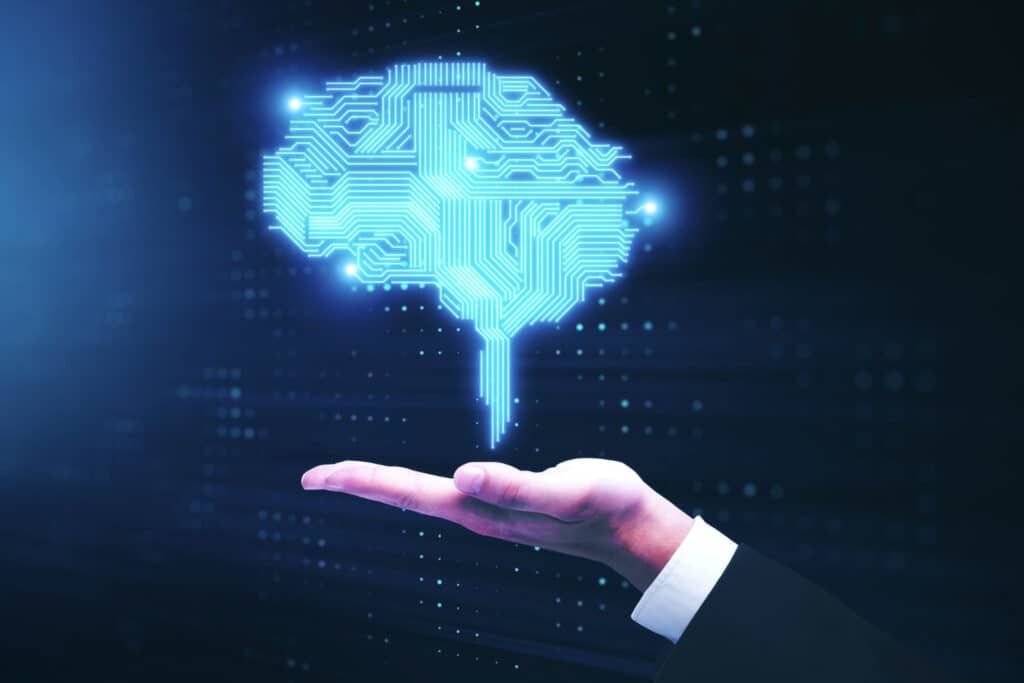With the increasing use of technologies in natural language processing, chatbots based on the GPT model have become an increasingly relevant option. But what do you need to know about these GPT (Generative Pre-trained Transformer) models and how can you get the most out of each version? In this article, we will take a closer look at the implications of the currently available GPT models, namely GPT-3, GPT-3.5 and their various applications.
What is the GPT model and how does it work?
The term “GPT” (Generative Pre-trained Transformer) refers to a particular type of natural language processing model. These models can be trained to understand and answer human questions, and were originally developed by OpenAI. They are also known as “GPT chatbots” as they are used to create chatbots that can understand and converse with humans using natural language.
GPT Chatbots rely on artificial intelligence techniques and advanced algorithms to learn from large amounts of textual data. They can then analyze the text, understand the context and generate an appropriate response or action based on the question asked by a human. They work by using deep neural networks, which can learn from very large databases and are capable of producing accurate and sophisticated results. In 2020, Google launched its own GPT-3 model with a number of improvements and additions over previous GPT models.
The GPT-3 version is the most advanced to date, and was developed to improve the quality of conversations between humans and Chatbots. It can provide appropriate answers to questions asked, and it is able to generate non-existent original content from a single keyword or topic. Recently, OpenAI launched the GPT-3.5 model, which is even more powerful and capable of handling complex conversations, even with possible errors.

What are the advantages of GPT Chatbots over other natural language processing tools?
GPT Chatbots offer companies a number of advantages over other technologies such as artificial intelligence, voice recognition or text-to-speech. First, the cost is significantly lower because this technology can be deployed without the need for servers for data analysis.
In addition, response time is significantly reduced, as these models are able to analyze and generate responses quickly. In addition, they can be easily adapted for other applications, which is very useful when you need to upgrade an existing system. For example, a GPT template can be used to enrich existing web content, and this can be done without much difficulty. Finally, the fast and relatively simple implementation of such a technology is also a significant advantage.
What applications can we find for this technology?
GPT Chatbots can be used in various fields such as customer support, e-commerce and even to create original content (e.g. blog posts). In addition, they are very well suited to virtual and augmented reality, as they are able to understand questions and respond in a natural way. For example, GPT Chatbots can be used to chat with players in video games or to guide people through a virtual museum. They are also very useful for companies that want to offer on-board customer support, as they are able to distinctly understand what customers are asking and provide accurate answers.
The OpenAI Model: What is its role?
The OpenAI model is the most popular model to date, and is what gives GPT-3 its incredible capabilities. It consists of a large number of deep neural layers connected together that are specifically designed to generate original textual content from keywords or questions. It is able to analyze and understand the context and nuances of human language, which allows GPT Chatbots to provide very accurate and relevant answers.
In addition, the OpenAI model can significantly improve the quality of conversations between humans and Chatbots. He is able to deepen conversations depending on the context and topic, and can also offer concrete examples to illustrate the points being discussed. Finally, the OpenAI model is constantly being updated to deliver better results, allowing companies to take advantage of the latest technological advances without much difficulty.
Conclusion: what are the future prospects?
GPT Chatbots offer businesses an effective way to generate content, understand their customers and personalize their services. Thanks to the exponential progress of the GPT-3.5 model, GPT Chatbots are becoming even more powerful and able to analyze and understand human language in a more natural way.
This gives companies the opportunity to improve the quality of conversations between humans and chatbots, which is very interesting in terms of improving the customer experience. In addition, AI will have an even greater presence in natural language processing in the future, which could lead to a significant improvement in the quality of responses from GPT Chatbots.


